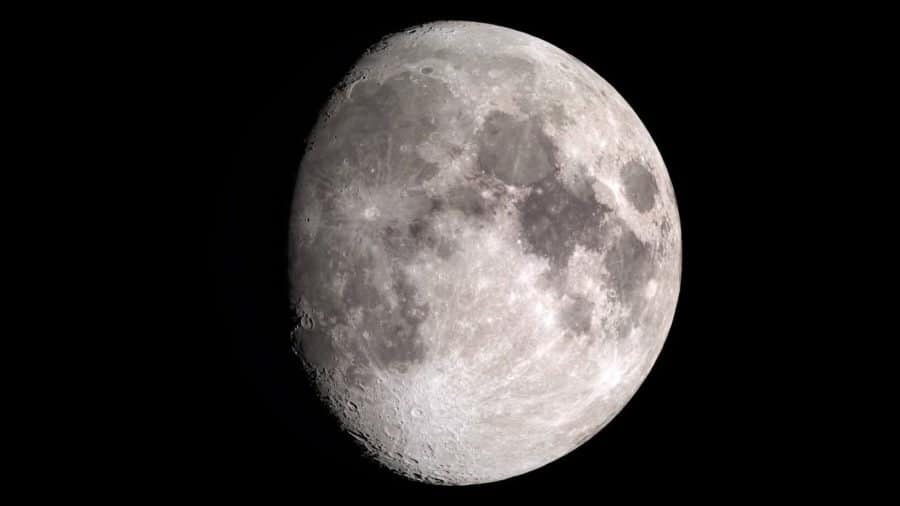A near-Earth asteroid that briefly became the highest-risk space object in recorded history has astronomers shifting their attention to a new potential target—our Moon.
Asteroid 2024 YR4, discovered last December, triggered global concern when calculations showed it had a 3% chance of striking Earth in 2032—the highest probability ever recorded for an asteroid of its size. After intensive tracking efforts by observatories worldwide, that Earth impact risk has dropped to less than 0.001%. However, scientists now calculate a 4% probability the asteroid could hit the Moon instead.
“Should the asteroid impact the Moon, the Earth-Moon system could be clouded with particles detached from the Moon and the asteroid, potentially threatening the human space infrastructure and operations,” explains Academy Professor Karri Muinonen from the University of Helsinki, whose team has been at the forefront of tracking the space rock.
The Finnish astronomers have been following the asteroid closely since January 30, when the International Asteroid Warning Network issued its first-ever notification about the object. Using the 2.5-meter Nordic Optical Telescope in the Canary Islands, researchers have played a crucial role in refining our understanding of the asteroid’s trajectory.
“We have been focusing on the asteroid’s precise position and motion, and to analyse its rotation, size and shape. This information is crucial for better predicting the asteroid’s future trajectory, and ultimately refining its impact probability,” says University of Helsinki postdoctoral researcher Zuri Gray.
One key question remained until recently: exactly how big is 2024 YR4? Initial estimates ranged broadly from 40 to 90 meters in diameter. To get a more precise measurement, scientists turned to the James Webb Space Telescope (JWST), which observed the asteroid on March 26. JWST is uniquely capable of measuring thermal radiation from the asteroid, which provides a direct indication of its size.
“The initial diameter estimate of the asteroid was limited to visible light measurements, which depend on both the size and reflectivity of the surface. However, thermal emission at infrared wavelengths is a direct indicator of the size,” explains Eric MacLennan, a postdoctoral researcher involved in analyzing the infrared data.
After careful analysis, the team determined the asteroid measures approximately 60 meters across (with a margin of error of 7 meters). This size determination helps assess potential consequences of an impact with the Moon and falls within the range of asteroids that strike Earth roughly once every 5,000 years.
The success in tracking this object highlights the critical role of medium-sized telescopes like the Nordic Optical Telescope in planetary defense.
“We were able to very quickly observe the asteroid and refine the estimates for it. The flexible, high-quality, medium-sized astronomical facilities like the NOT are crucial for rapid follow-up of these type of potentially hazardous asteroids,” says Associate Professor Mikael Granvik of the University of Helsinki.
Observations of 2024 YR4 will continue through April or May 2025, after which the asteroid will become unobservable from Earth until its next close approach in 2028. Meanwhile, space agencies and astronomers globally are collecting data that will help determine whether a lunar impact will occur in 2032.
In Finland, the governmental responsibility for risk assessment of near-Earth objects belongs to the National Land Survey, with a new Space Situational Awareness Center currently being established to monitor these and other space-related risks.
For now, our planet appears safe from this particular cosmic visitor—but our closest celestial neighbor might need to brace for impact.
If our reporting has informed or inspired you, please consider making a donation. Every contribution, no matter the size, empowers us to continue delivering accurate, engaging, and trustworthy science and medical news. Independent journalism requires time, effort, and resources—your support ensures we can keep uncovering the stories that matter most to you.
Join us in making knowledge accessible and impactful. Thank you for standing with us!

